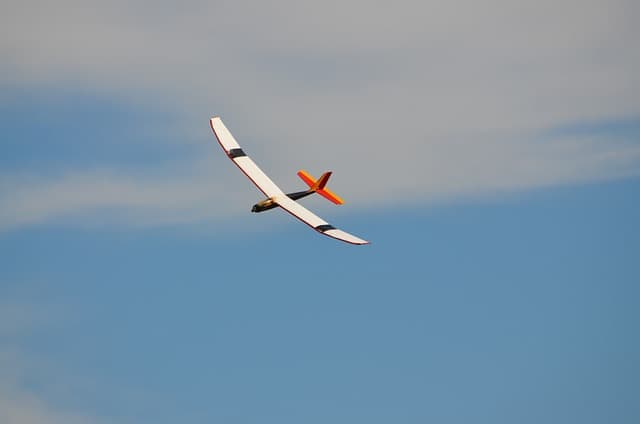Aircraft modeling is one of the most popular technical sports today. Part of its popularity is due to the fact that it has no restrictions on either gender or age. And although the championships are formally divided into “adult” and “junior” (up to 18 years), the lower age limit is absent: one of the youngest “pilots” who came from Germany is only 8 years old.
It should be noted that aircraft modeling is only one of the branches of scientific and technical modeling (although the most complex). A radio-controlled model is not necessarily an airplane; it can be a boat, a yacht, a car, a rocket. And in order to control all of this, a single remote control is sufficient.
The class “F3A” is part of the general classification of aircraft models. The classification was officially approved by the FAI (World Aeronautical Federation).
So, there are five categories:
F1 – free-flying models,
F2 – cord models,
F3 – radio-controlled models,
F4: replica models,
F5 – radio-controlled models with electric motors.
Each of these categories has its own classes.
Free-flying models (F1) are so called because they really fly freely: they are not physically linked to the pilot and have no radio control; all adjustments and tuning are completed before the model is launched. In this category there is the class of non-motorized vehicles, that is gliders (F1A); there is the class of models with simple rubber engines (F1B); F1C is the class of timer models, where the engine works only a few seconds and during this time can throw the model in the air even to a hundred meters, then it makes a gliding descent. The engine is switched off and the rudders are set to planning by special clock mechanisms – timers, so such planes are called timer planes.
Cord models (F2) are controlled by a “pilot” from the ground using one or more non-stretchable wire strings (cord). The plane flies in a circle 40 meters in diameter, in the center of which there is a “pilot”. Like real airplanes, the cord models have a rudder. In this category there are four classes: F2A – high-speed models that can accelerate up to 300 km / h, F2B – piloting, or acrobatic models that can perform all the aerobatics, F2C – racing model (during the race on one cordon can participate three athletes), F2D – model air combat, which combines speed and maneuverability. Before the fight, long paper ribbons are tied to the tails of the planes, and the winner is the one who manages to cut off the propeller of his plane ribbon of the enemy.
True, with such a rapid development of remotely piloted models corded aircraft may soon become archaic. Even today, radio-controlled models are successfully mastered by children aged 8-12 years.
Finally, the category of radio-controlled models (F3), which consists of six classes:
Pilot-powered models (F3A);
gliders (F3B); helicopters (F3C);
Racing models (F3D);
gliders hovering on slopes (F3F),
Simplified gliders (F3J).
The models are controlled with a set of radio equipment: a transmitter, which is located at the “pilot”, and a receiver with a steering mechanism built into the aircraft (digital equipment has been gaining popularity in recent years).
From a technical point of view, the F3 class aircraft are the most complex aeromodels. All the achievements of modern aerodynamics and microelectronics are used in their creation. F3A-class models are able to perform aerobatics, which can not be done even on the real sports aircraft. For example, they can hover vertically one meter from the ground.
Radio-controlled models are used not only in the field of sports. They are especially in demand in the military sphere: spy planes, target planes. In agriculture, where the use of large aircraft is unprofitable, radio-controlled models are used in pest control. For fire-fighting monitoring aircraft models are simply irreplaceable, as they are the most optimal carriers of equipment. And in the aircraft industry, before building an airplane, an exact replica is created on which the necessary tests are conducted.
Speaking of copies. Aircraft models, which fully copy real aircraft, have their own category (F4) of six classes. There are free-flying on different engines, and cord, and radio-controlled, and even indoor. Among them are also non-flying models, which fully, down to the smallest detail, reproduce in miniature existing aircraft. Usually they are museum pieces.
The last category of aircraft models are radio-controlled models with electric motors (F5):
F5A – flight models;
F5B – powered gliders;
F5C – helicopters;
F5D – racing models.
It is quite characteristic of aeromodelling that both the designer of the plane and its “pilot” are usually the same person. It used to be the same in motorsports: the racer would build his own car. Now there are professional engineers who build the car and professional racers. We have to assume that as technology develops, so will the aeromodelling sport. But until that happens, it is easy to imagine how great the work of the creator of one such plane is, how high his level of technical education must be, especially if the creator is only 14 years old.

Comments are closed